Weeks out from polling day, the Conservative campaign has now all but collapsed under the pressure of a D-Day dodging prime minister and a lame duck Scottish leader.
It seems Tory high command has now recognised this, switching their campaign messaging in a delayed disaster management effort.
Taking to the airwaves on Wednesday, Defence Secretary Grant Shapps appeared to tell voters they should back the Conservatives simply to deny Sir Keir Starmer a supermajority.
“I think it’s perfectly legitimate to say the country doesn’t function well when you get majorities the size of Blair’s or even bigger,” he said.
“And we would say there are a lot of very good, hardworking MPs who can hold the government of the day to account. And we’d say those are Conservative MPs.”
There are only two possible results of this election, one of them unlikely: either Rishi Sunak or Sir Keir will call Downing Street home on July 5.
Mr Shapps has now all ruled out a return to government for the Conservatives, asking voters to do back his party to hold Labour to account, as opposed to re-electing Mr Sunak.
This change in tone, which all but concedes the election, leaves the current prime minister to blow in the wind.
North of the border, Scottish Conservative leader Douglas Ross blew up his campaign on Monday by announcing he would resign after polling day.
Inside the party, his authority had been tested after he U-turned on a previous commitment to stand down from Westminster so he could focus on leading his party at Holyrood.
But after dropping former Scotland office minister David Duguid as candidate while he is unwell in hospital, Mr Ross instead decided he’d stand for re-election.
It is the first time a party leader has deliberately made themselves a lame duck, a charge Mr Ross denied when it was put to him this week.
Douglas Ross left watching from sidelines
But those tuning into the BBC’s Scottish leaders debate would struggle to form a different conclusion.
Mr Ross, usually an able and confident debater, failed to land any significant blows against his opponents.
Where he did manage to get a say, he could only hit out at the SNP record as opposed to giving Scots a positive vision of a Conservative-led UK Government.
The Scottish Conservative leader instead felt like he could do little more than watch from the sidelines as Scottish Labour’s Anas Sarwar battled it out with John Swinney.
Scottish Conservative campaign will struggle to recover
In the north-east and seats like Angus and Perthshire Glens, one of the rare parts of the country where the Conservatives had hopes of gaining seats, the party’s campaign has been upended.
Voters will be all too aware that Mr Ross will not around to ensure the promises he makes will be delivered. Conservative candidates hoping to mount a serious challenge to the SNP may find it is impossible to recover.
This collapse of the Tory election machine does present some real risks to Labour, and party insiders are aware of the challenges.
While the polls predict a landslide, not a single vote has been cast, and only the ballots returned on polling day matter.
Presenting the election as a forgone conclusion may prove to be a shrewd move by the Conservatives, potentially suppressing turnout of marginal voters who feel they don’t need to head to the polls to vote Labour.
Worse, those who are unenthusiastic about a Labour government but who want to stop a Conservative government may feel it’s less risky to lodge a protest vote.
In seats where it could come down to a handful of votes, such a strategy could be the difference between a Labour landslide and a minority government.
Labour will look to guard against complacency
Sir Keir and Anas Sarwar will be cautious of this, and are likely to be reminding their foot soldiers to guard against complacency.
While it has certainly been entertaining, the way the ruling party has disrespected voters in the election is far from funny.
With so many challenging problems facing the country, the electorate deserved to see grown up politicians bringing forward a serious set of solutions.
Instead, they’ve had to endure an embarrassing series of unforced errors as Mr Sunak fails to rise to the challenge.
Elections of the past reveal how voters are likely to respond to such disrespect when they are standing in the polling booth.
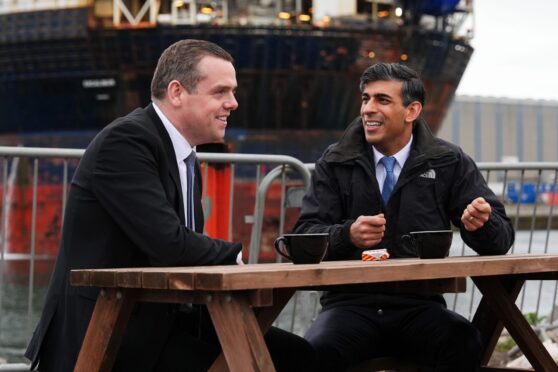
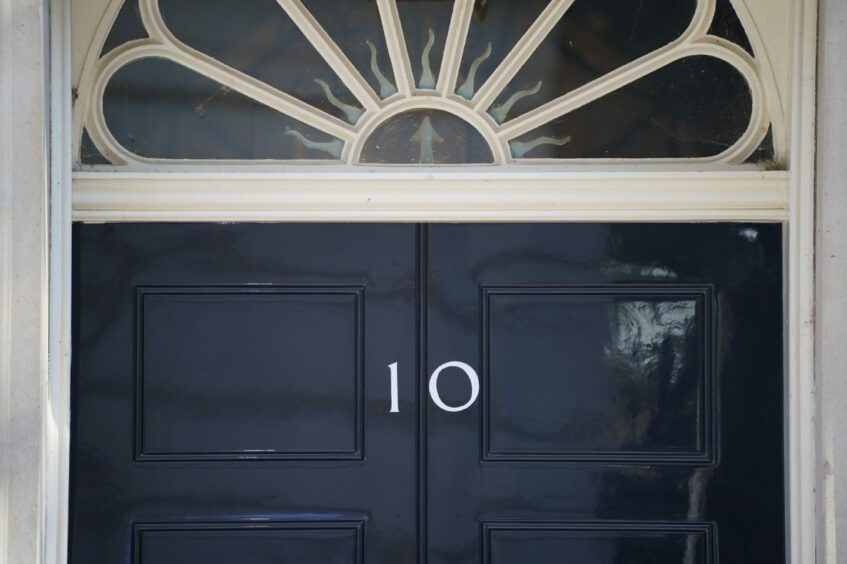
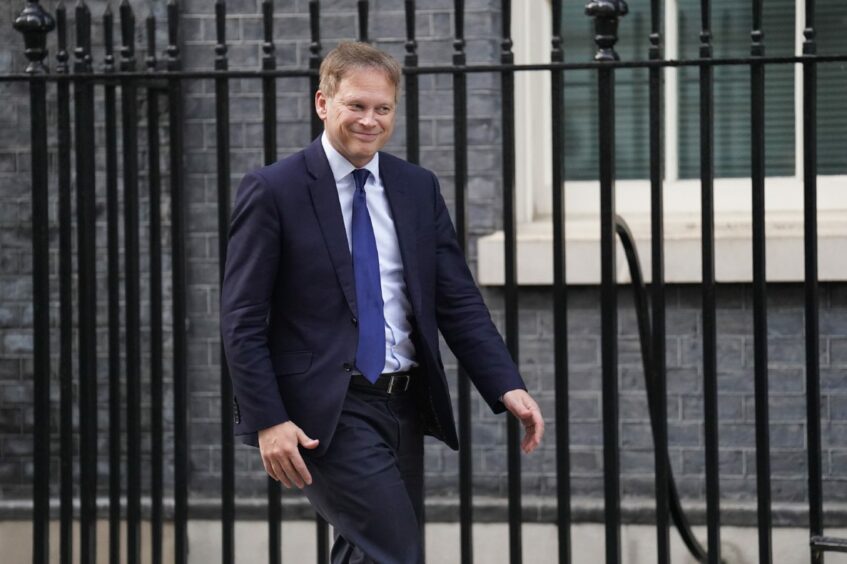
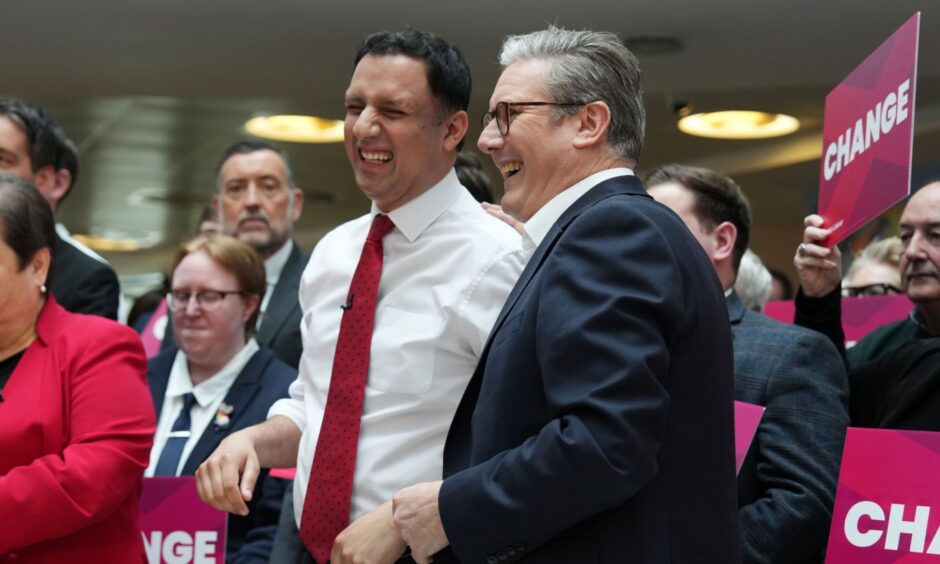







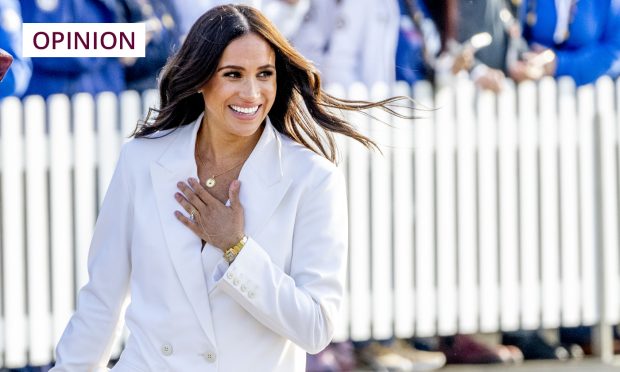
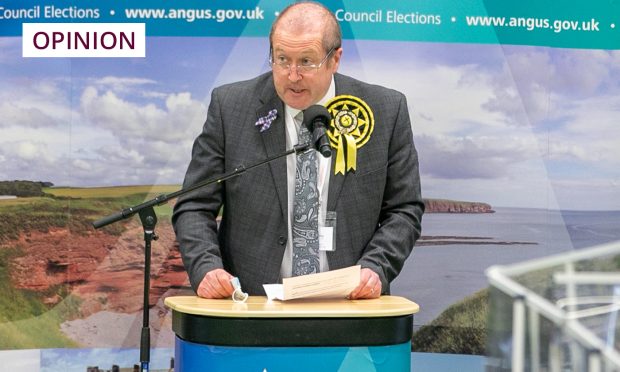
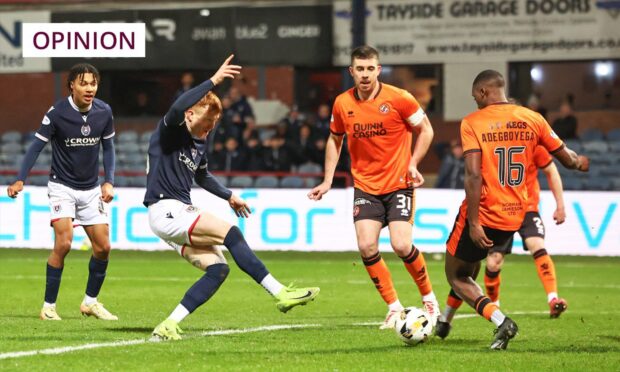
Conversation